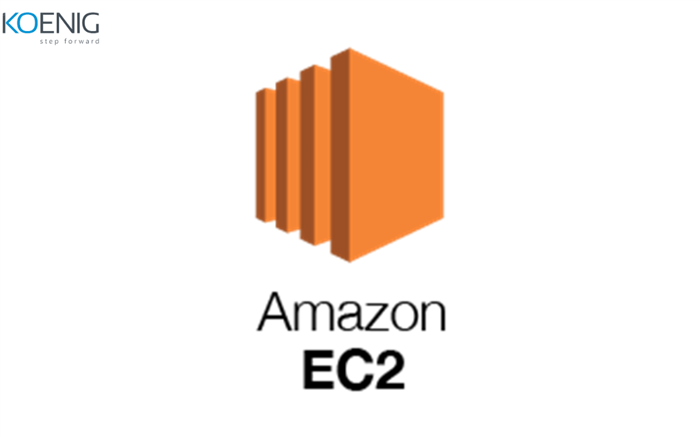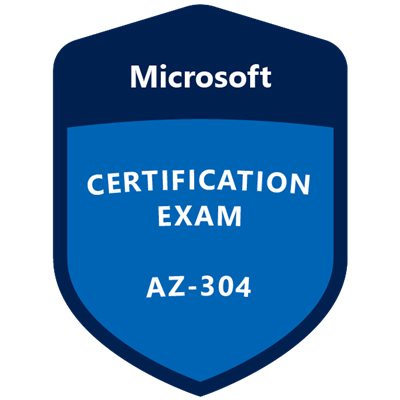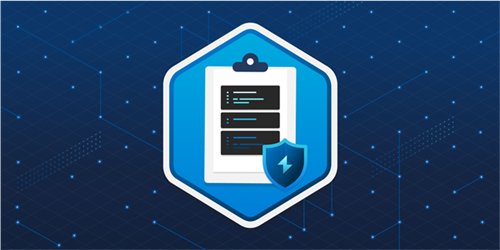
Amazon Web Service holds more than 32% of the public cloud share across the world. It is one of the most widely used cloud platforms, offering businesses across 190 countries globally cost-effective infrastructure, scalability and reliability. AWS EC2 is one of the most powerful services that Amazon offers.
What is AWS EC2?
Of the wide range of services Amazon has to offer, EC2 is the main compute component that is a part of the tech stack. EC2 stands for Elastic Compute Cloud and enables scalable computing capabilities within the AWS cloud platform. Organisations leverage AWS EC2 to develop and deploy applications in a shorter time frame. EC2 also removes the need for substantial hardware investments initially. You can launch servers, map security and network configurations and manage your cookies using an intuitive dashboard.
Practically speaking, AWS EC2 simplifies processes for developers through its secure and resizable compute capacity on the cloud. This eases the scaling up or scaling down process and can easily be integrated into a range of other services. AWS EC2 also offers plans where you pay only for as much as you use. You also get the deepest and broadest compute platform, with different choices for processors, storage locations, networks, OS and payment and purchase models.
AWS EC2 comes with the fastest cloud processors and is the only cloud platform service with high-speed ethernet networking of 400GBps. It also has the lowest cost-per-inference instances possible on the cloud, along with GPU instances that are the most powerful yet, for graphics workloads and training for machine learning. Today, there are more workloads on SAP, HPC, machine learning and Windows that run on AWS than all other cloud platforms out there.
Features of AWS EC2
EC2 has several features and corresponding benefits that make life easier for developers when it comes to cloud computing. Let’s look at some of them in detail.
- Responsiveness: This refers to response towards requirements for changing capacities. Since EC2 is easily scalable, obstacles to development are removed since applications no longer need more resources.
- Configuration flexibility: You get many more choices when it comes to memory, processor and boot partition size. All of these are optimised for the OS you choose.
- Integration: SimpleDB, SQS and other AWS services can easily integrate with EC2, making it highly compatible and system-friendly.
- Control: EC2 gives you administrative access to your instances and console output for particular instances. You can stop and start instances without losing boot partition data.
- Security: You can choose to keep certain instances private while others get internet exposure. AWS EC2 stays secure using Amazon Virtual Private Cloud (VPC) and your organisation can also connect your security infrastructure to the resources present in VPC.
- Cost: You have several hourly rate plans with EC2. You can also choose plans where you only pay for as much as you use.
Benefits of AWS EC2:
There are many benefits of AWS EC2, the key one being the elastic load balancing feature. This feature distributes the incoming traffic on the application across multiple instances. It also identifies an unhealthy instance and reroutes traffic to the healthy ones until the unhealthy ones are restored. There are several other benefits to your organisation as well.
- You don’t require any expensive hardware units or routers for installation
- You can easily scale up or down, depending on your need
- You can choose plans that are cost-effective for your business
- You have complete control over your network and processes
- You have a higher level of security
- You have access to your assets everywhere you go
You May Also Like: The Value of an AWS Certification
Types of Instances in EC2
There are 8 families when it comes to types of instances categorised on the basis of their used cases. An instance is made up of different combinations of processors, memory, networking capacity and storage. This allows you several options to choose the right combination of resources for the applications you use. Every instance includes at least one of the instance sizes, which allows you to scale up resources or scale down, depending on the target workload required.
General-Purpose Instance Type:
These can be called the most sought-after instance types chosen by several companies. This family has two categories of instances:
- Fixed Performance
- Burstable Performance
These instances are used in a range of sectors, preferred mostly in development environments, websites with low traffic, server building, code repositories, web applications, product experiments etc. The highlight features of general purpose instances are
- Intel Xeon Processors with Turbo speeds upto 3.3GHz
- Burstable central processing unit which is covered under CPU credits along with baseline performance that is highly consistent
- The perfect balance of memory, network and compute tools
General-Purpose instances are further categorised into three types - T2, M4 and M3 type of instances.
T2 Instances:
T2 instances accumulate CPU credits while idle and then use these credits when active. These instances work best for workloads that do not require full CPU capacity consistently and use occasional bursts.
M4 Instances:
This is the latest General Purpose instance generation and gives a proper mix of compute, memory and networking capacity. It is the right choice of instance where applications and microservers are in high demand.
M3 Instances:
This is the version that came before M4. Its highlight features are SSD-based storage which improves input/ output performance and Intel Xeon E5-2670v2 processors. M3 instances are primarily used for data processing jobs that need extra memory, cache fleets and run backend servers for enterprise applications like SAP.
Computer Optimised Instances:
These instances are categorised into two main types - C3 and C4.
C3 Instances:
These instances are defined by their optimised compute capacity. They are therefore used in sectors which use applications requiring higher processor usage with balanced use of memory. Their processors are high performers, which makes them perfect for applications needing batch processing services on-demand or distributed analytic solutions. They also work well with scientific or engineering-related applications.
C4 Instances:
These are the next-gen versions of the C3 type and require HVM (Hardware Virtualisation). Their running speeds start at 2.9GHz and can speed up to 3.5Ghz using Intel’s Turbo Boost.
ALSO Read: Overview of AWS CLI (How to Install, Configure AWS CLI in Windows/Linux/Mac/Unix)
GPU Instances:
This family of instances includes G2 instances that are perfect for gaming users who run heavy high-definition graphics along with 3D data streaming. It is powered by NVIDIA GPU, which makes it suitable for 3D imaging, audio and video, and graphic streaming applications.
Memory Optimised Instances:
This family primarily includes R3 instances that are specially designed for applications that require higher memory. R3 instances use Intel’s Xeon Ivy Bridge processor with the best per GB RAM prices in the market. Their memory bandwidth goes up to 63000MBps and they are perfect for databases that require high-performance and memory caches and analytics.
Storage Optimised Instances:
This includes I2 and D2 instance families.
I2 Instances:
These instances offer heavy SSDs for random I/Os needed for data warehouses, distributed systems like Hadoop and databases. I2 instances are best suited for NoSQL databases such as HBase, MongoDB and Cassandra.
D2 Instances:
D2 instances are a Dense Storage Instance that uses Intel’s Xeon E5-2676 v3 processors, HDD memory storage and supports EC2 Enhanced Networking. These instances are used significantly in MPP data warehousing, distributed computing on applications like MapReduce, network file systems, log applications, distributed file systems and applications that help with data processing.
Questions You Should Have Answered:
Before launching a production environment, there are a few questions that you should have answered. Let’s look at some of the most important ones.
Also Read: Country Wise AWS Solutions Architect Salary in 2022
Q. Which instance should I choose?
AWS EC2 offers different instances so that you can choose the best combination of processor, memory, networking capacity and storage type for your applications.
Q. Which buying model suits my requirements?
AWS EC2 supports the default On-demand instances, Spot instances and Reserved Instances. Evaluate your requirements and choose the right model for your needs.
Q. Which root volume type should I choose?
Every instance type is powered by Amazon EBS or the instance store. Choose your AMI depending on the type of root volume you require.
Q. In a hybrid environment, can a fleet of EC2 instances be managed remotely?
AWS System Manager helps you manage your AWS EC2 instance configurations securely and remotely. You can also use it to manage virtual machines (VMs) and on-premise instances which include VMs from other cloud platforms such as are found in hybrid environments.
Conclusion
Like EC2, Amazon’s ECS service is highly scalable and can be easily adapted to changing the capacity needs of an application. It enables you to schedule services, applications and batch processes that are in progress. Its API also allows integration with both external programs and AWS products.







COMMENT